In this interview from 2012, The Netherlands’ most celebrated pedagogue (and Janine Jansen’s teacher) tells us about her approach
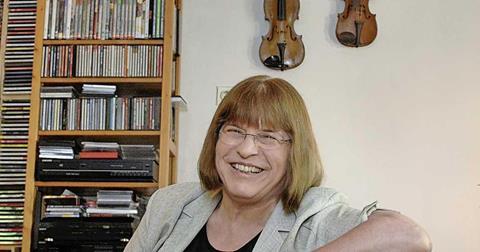
How did you become a violin pedagogue?
I started teaching when I was twelve years old. I never considered myself to be anything more than a mid-level player, but I have always had a natural sort of authority and ability to express musical opinions. What is more wonderful than enabling someone to perform without technical or psychological difficulties? I travelled far and wide to observe lessons by Ilona Fehér, Max Rostal, Pierre Amoyal, Dorothy DeLay and Herman Krebbers, and taught alongside Mimi Zweig as I created my own methods.
What interests you most about teaching?
To those who love teaching, open strings are just as interesting as a Brahms sonata. Without the first, the second makes absolutely no sense. It is more of a challenge to get a weak student to play at an acceptable level than to help a very good student become great. The intellectual and emotional challenge in teaching is how to unlock the best of what lies within each student. Good teachers do not give something to the student: they find ways of getting that something out. I’m always curious to discover what each young person has to offer. I am most proud of the students I have worked with who started out with little and grew, such as a student who could barely sing, let alone play in tune, who developed into a fine quartet player. We tend to focus too much on predicting what a child might achieve in the future, instead of looking closely at their mindset and ability in the here and now.
What’s your approach to repertoire?
I am always looking for new pieces – undiscovered gems to bring to life – and spend a great deal of time rummaging in music stores. Playing a wide range of repertoire is important for students at all ages and levels. When I assign a piece to a student, I have a particular purpose in mind: for example, developing vibrato or the ability to tackle a complicated composition, or expanding left-hand technique, or memorisation and so on. I often assign the same piece to several students but for different reasons. I tailor my whole approach to teaching to suit each student individually.
What advice do you give to pupils who enter competitions?
Competitions are good for training purposes. They make a student focus on certain repertoire and performing it within a comparatively short period of time. It is important for them to realise that if they win, they do not play any better than they did the day before, and conversely, if they lose, they don’t play any worse. The key is for students to be super-prepared and focused on their own preparation, progress and joy of performing.
Read Dutch violinist and pedagogue Coosje Wijzenbeek has died
Watch Janine Jansen plays Debussy’s Violin Sonata
Read Janine Jansen receives 1707 Stradivarius on ten-year loan
Do you have any insights into working with teenagers?
Teenagers have many pressures from school and the outside world, and musical performance is like a sport, with as many demands. A teenager who plays at an adequate level can be even more challenged by a combination of solo repertoire, group performance and chamber music. Within my student violin and cello ensemble, the Fancy Fiddlers, players switch between first and second violin and all of my students have to learn how to play the viola.
How do you nurture and protect highly talented players (such as your former student Janine Jansen)?
My philosophy of teaching is quite simple: consider the individual player in terms of capacity and musical needs, and grow from there. If you are faithful to that approach everything seems to fall into place, whether you are dealing with the greatest talent or an average student. But what is average? Some youngsters peak at ten, some burn out in their mid-teens and others take much longer to mature. It seems as if many good players reach the same level by the age of 25, with only a few exceptional players leading the way.
INTERVIEW AND TRANSLATION BY HEATHER KURZBAUER


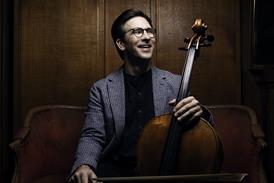
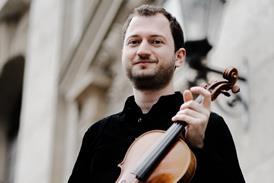


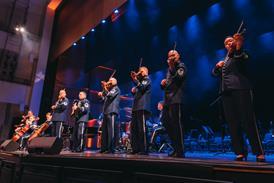
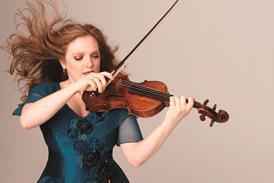




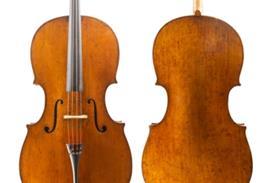


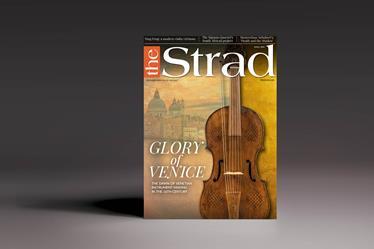



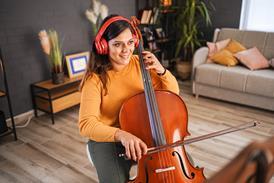















No comments yet